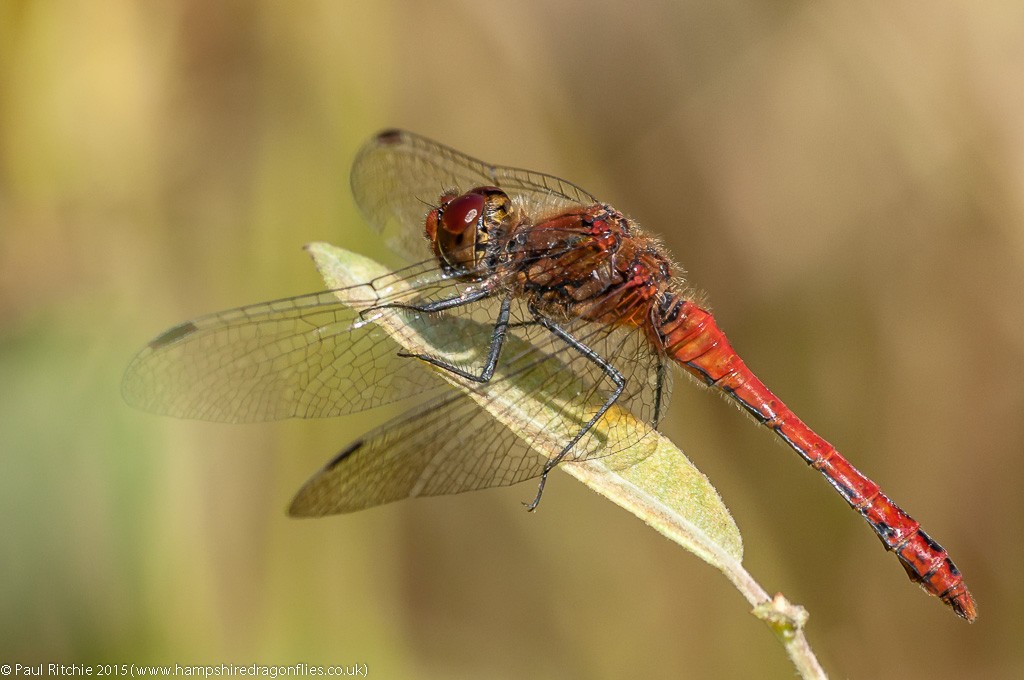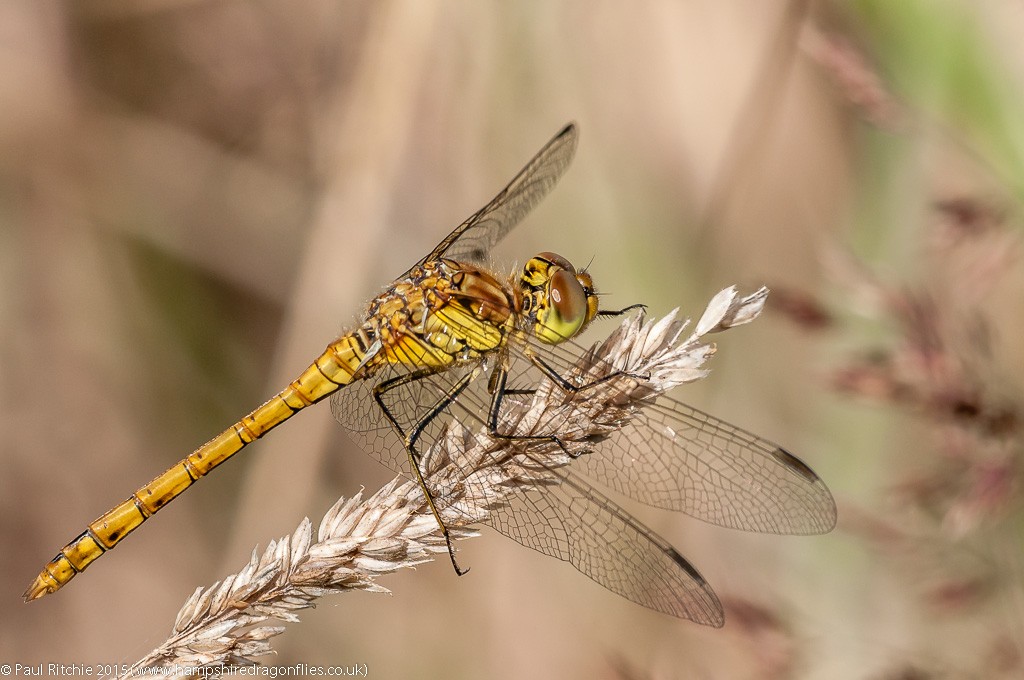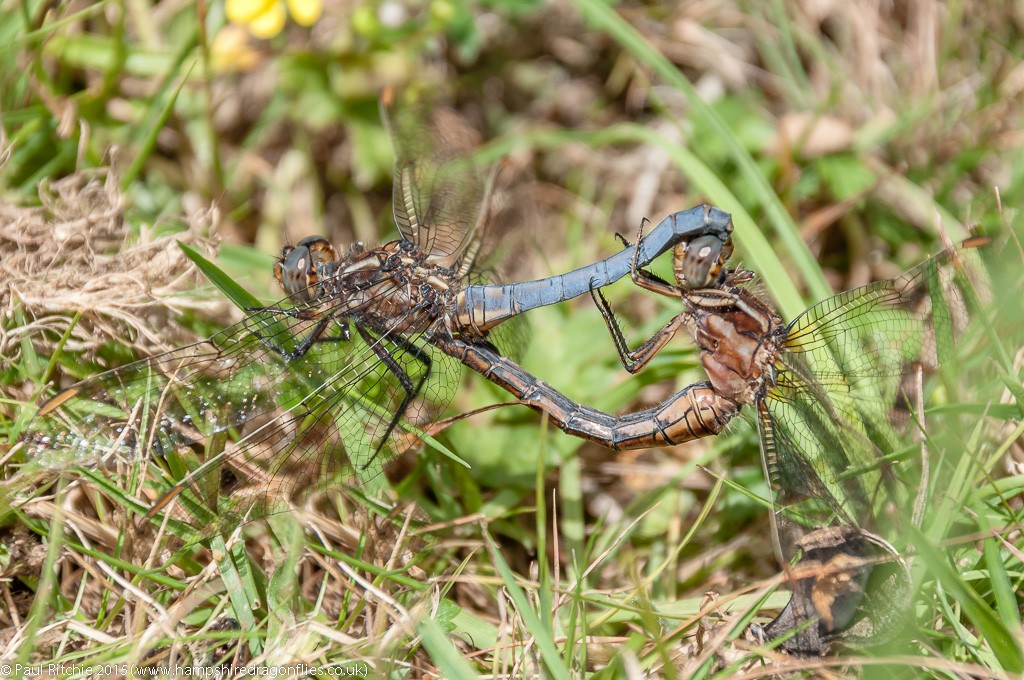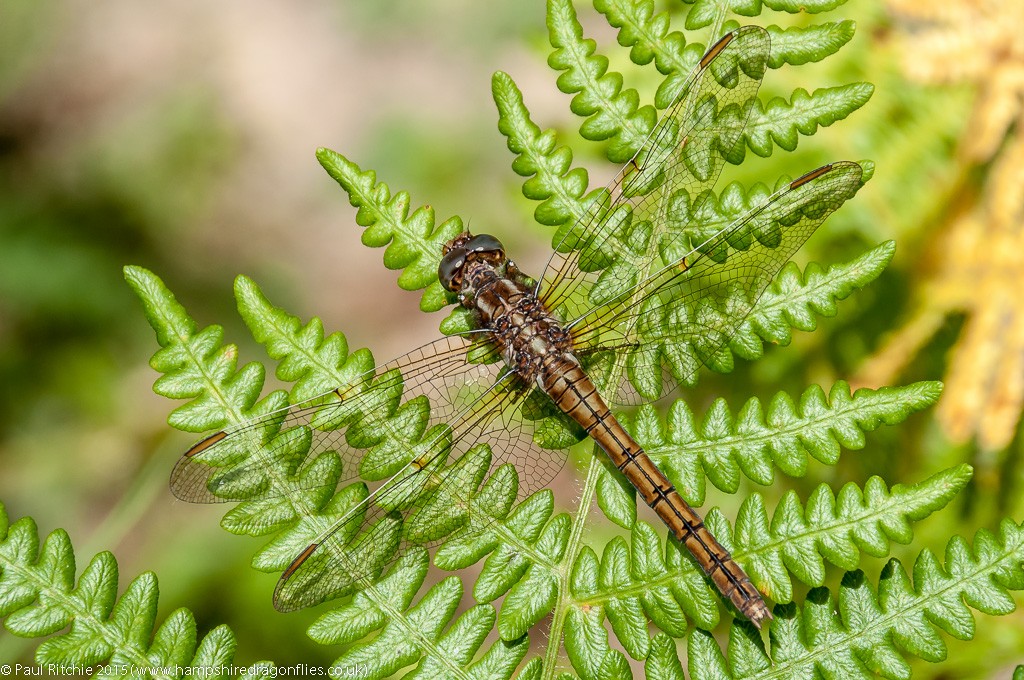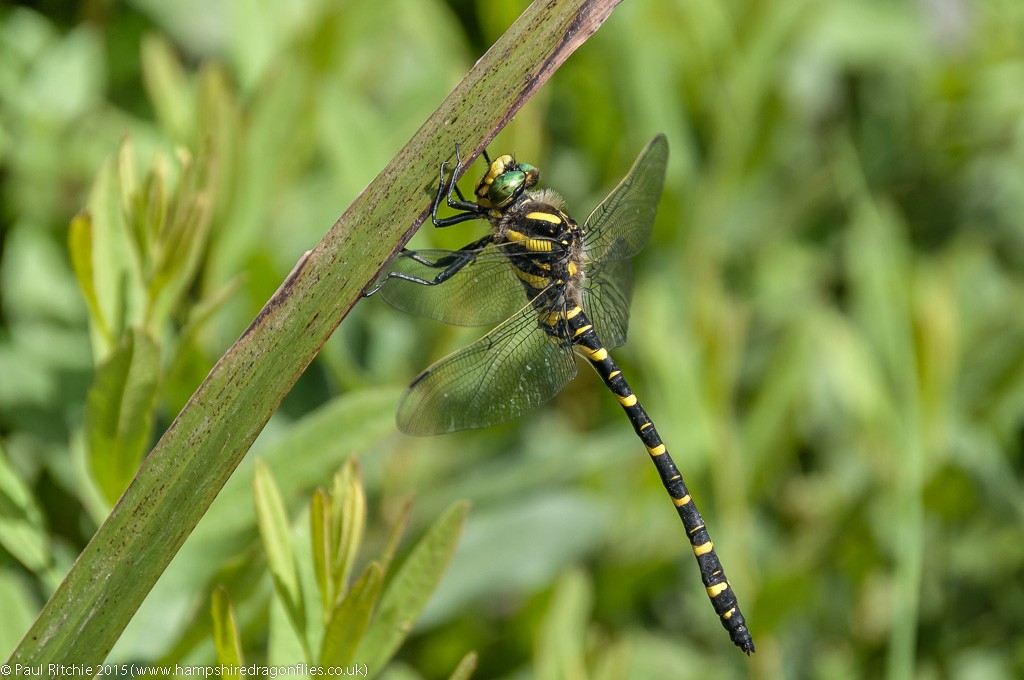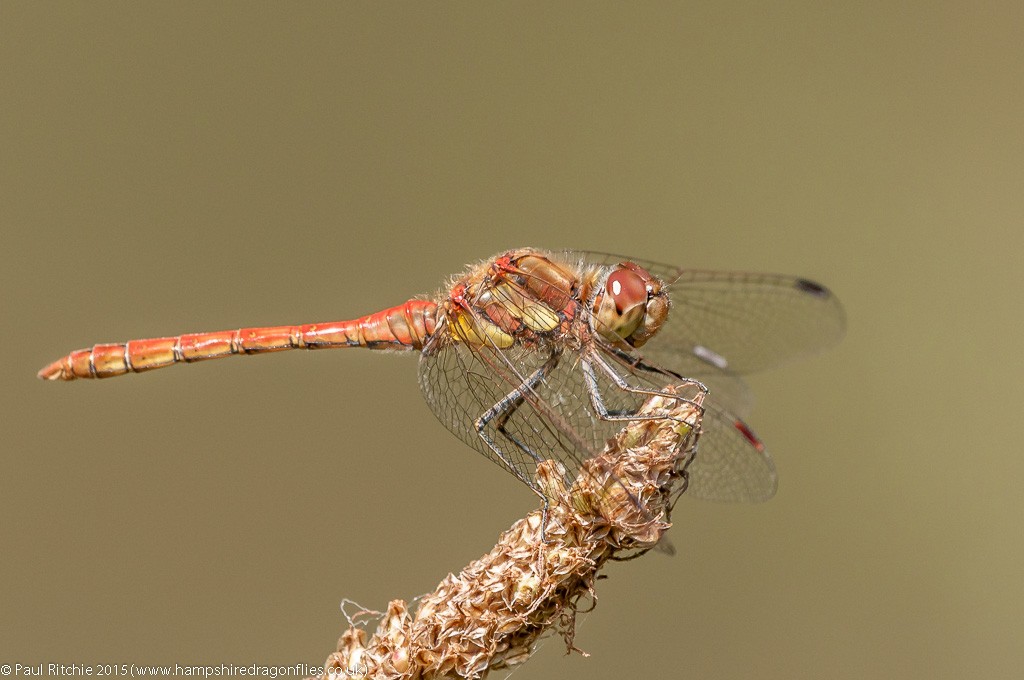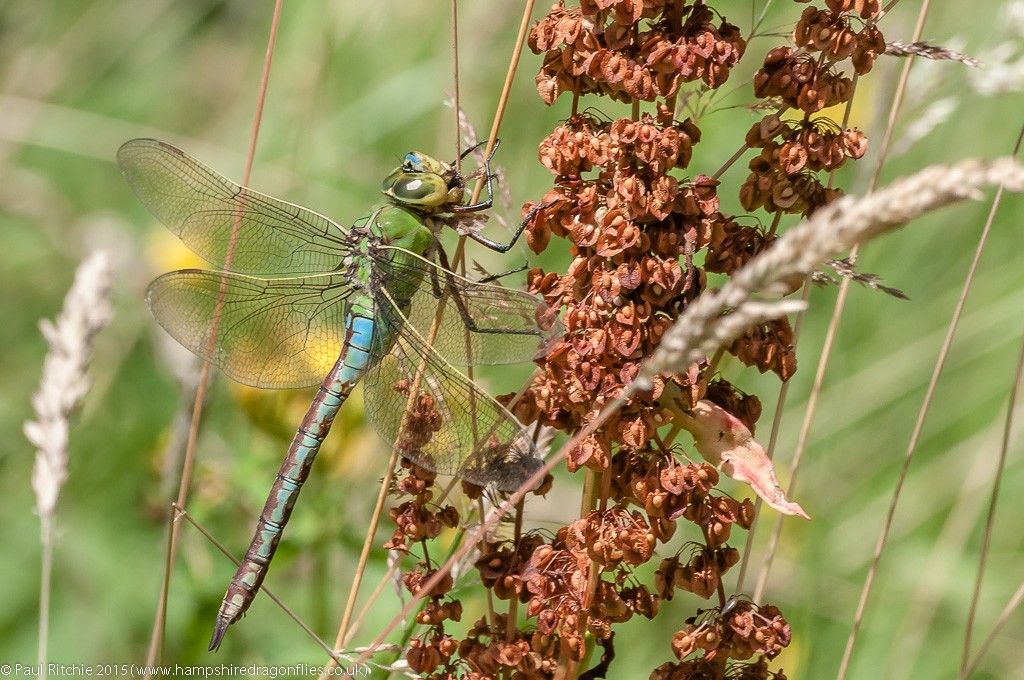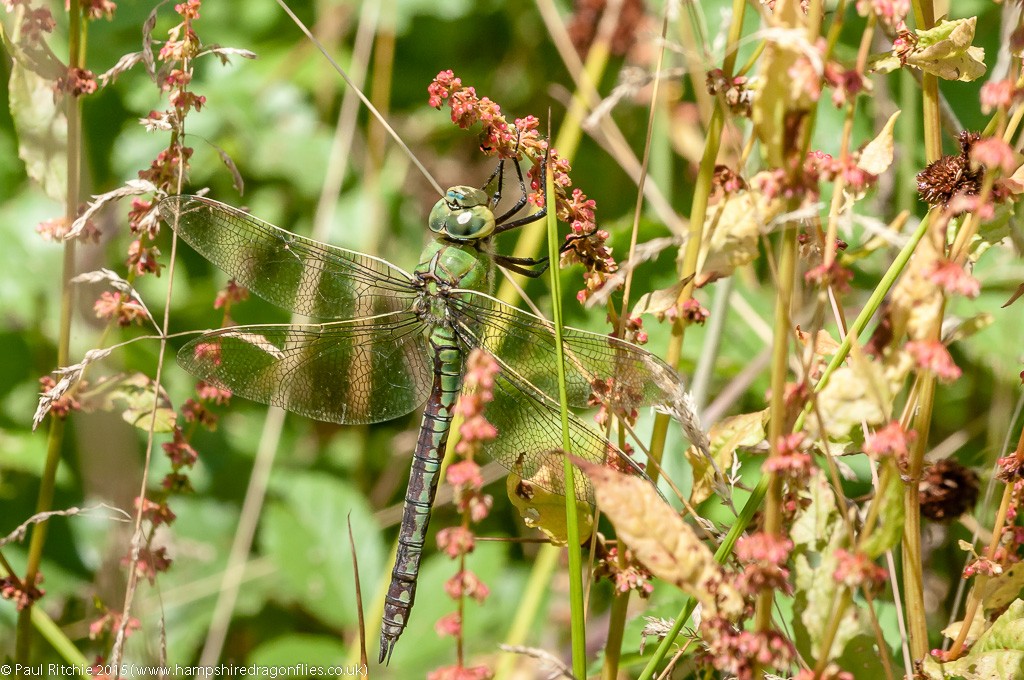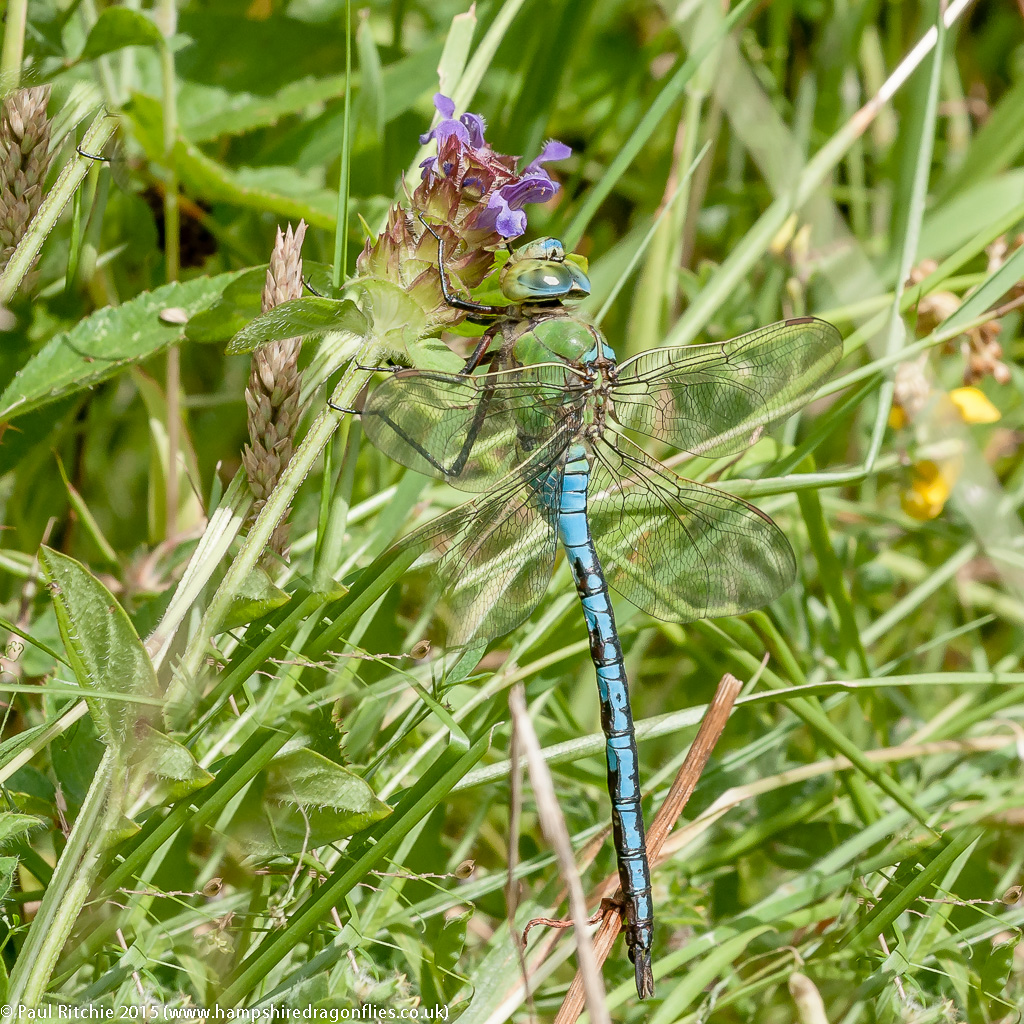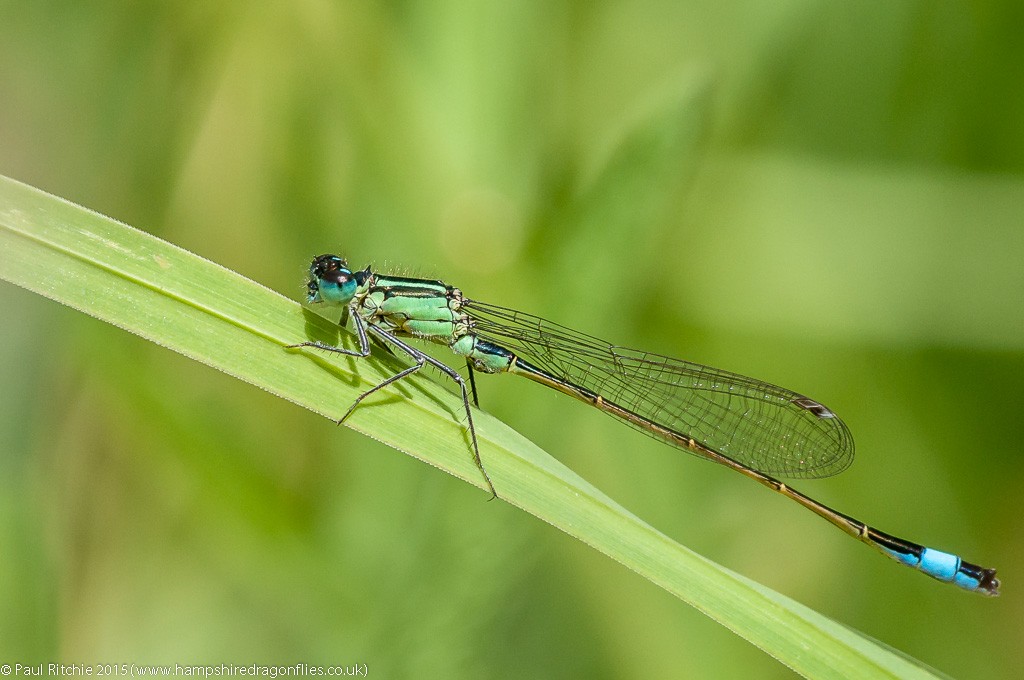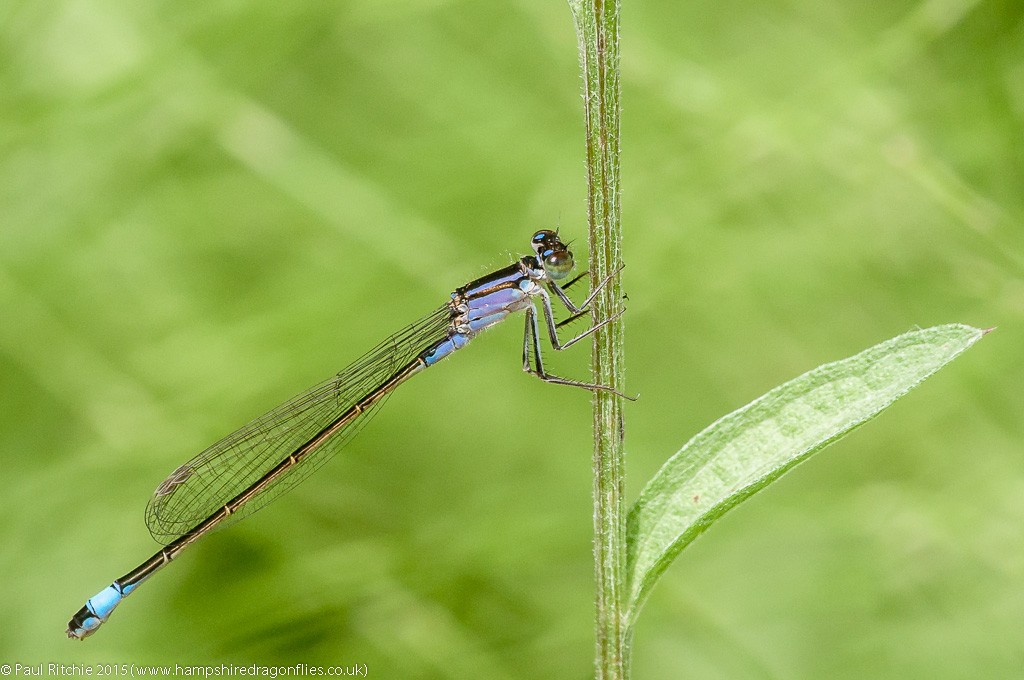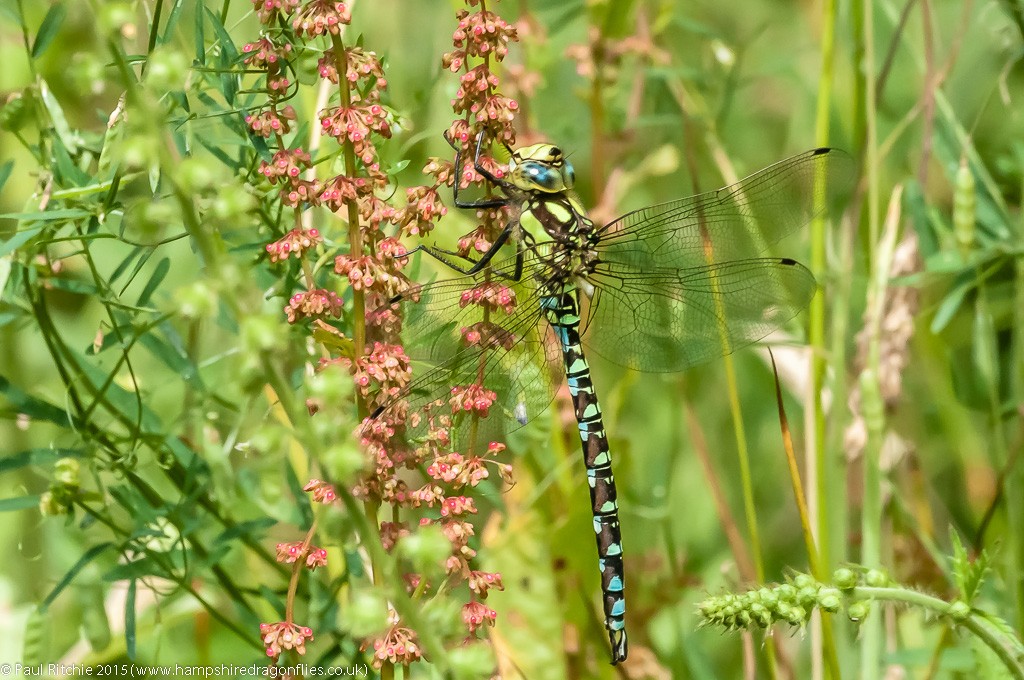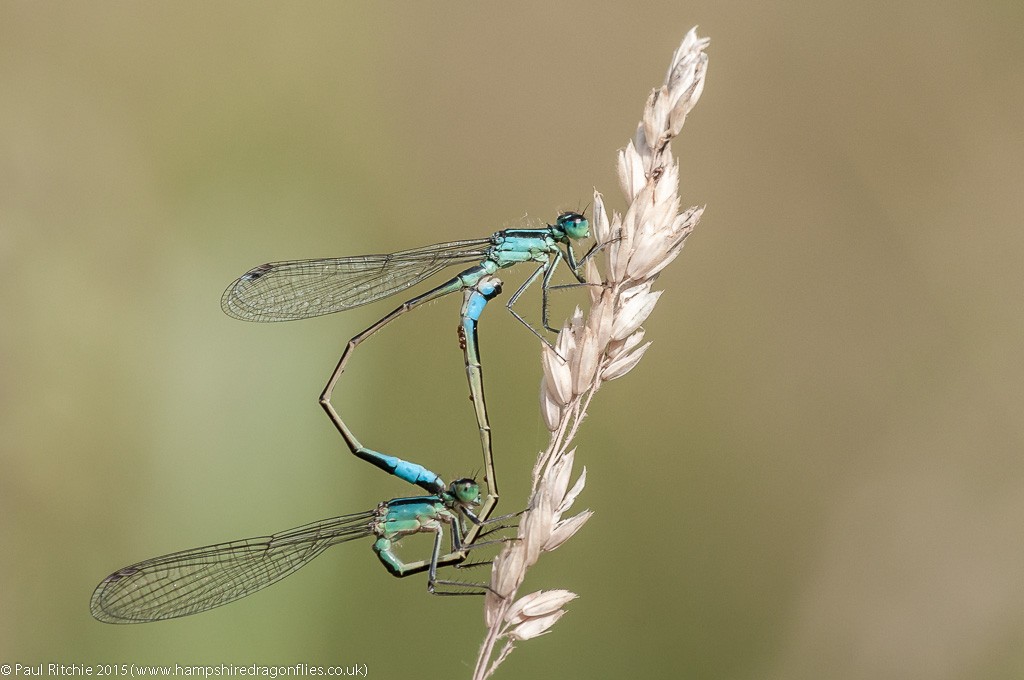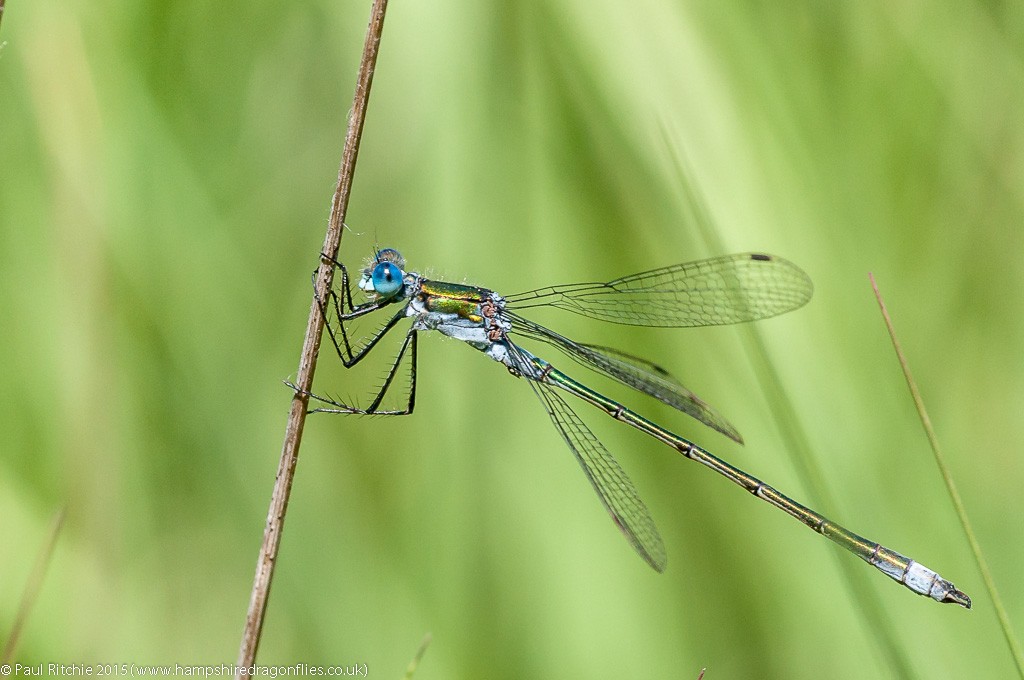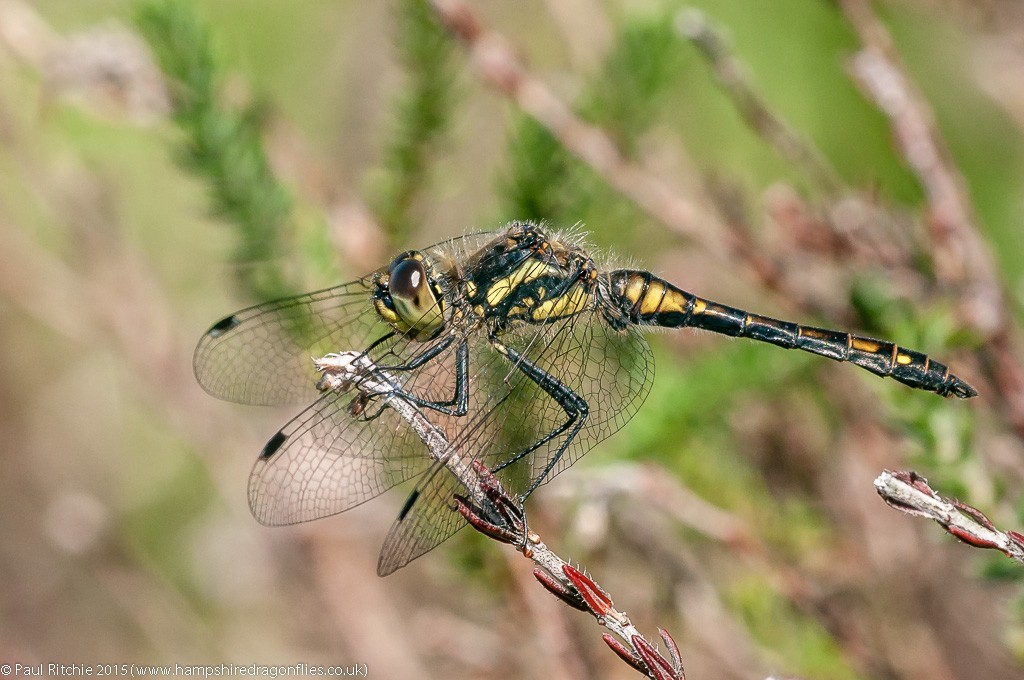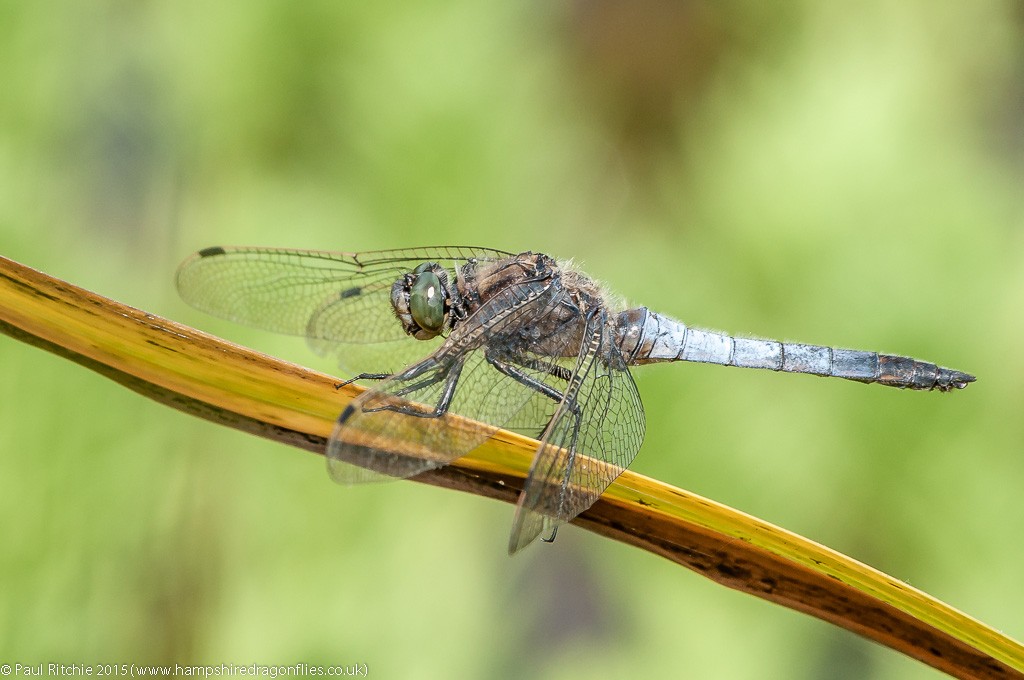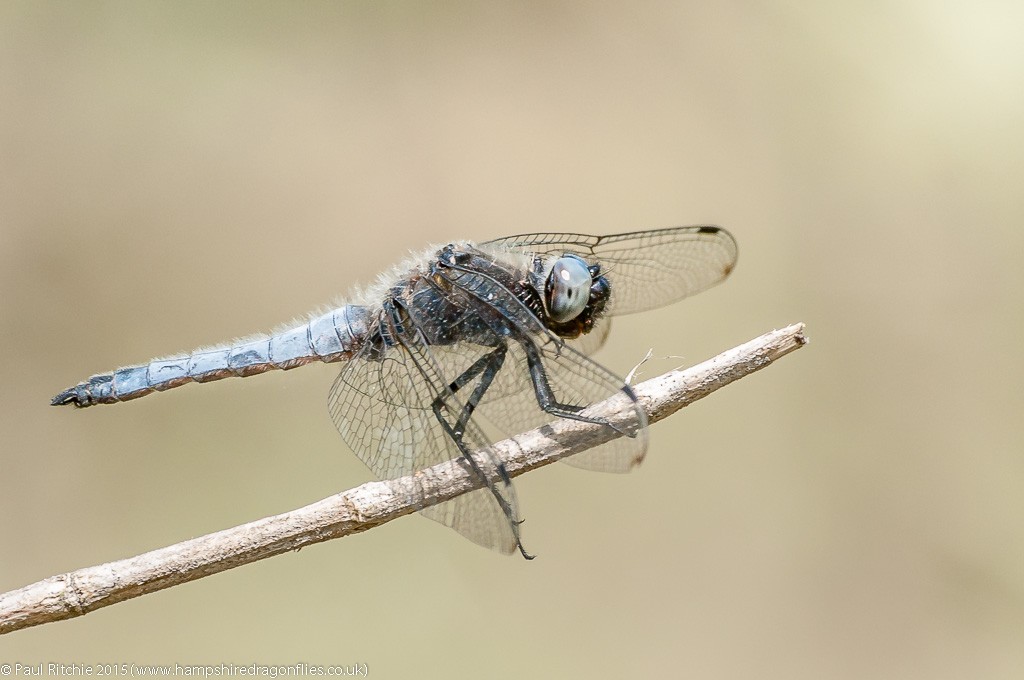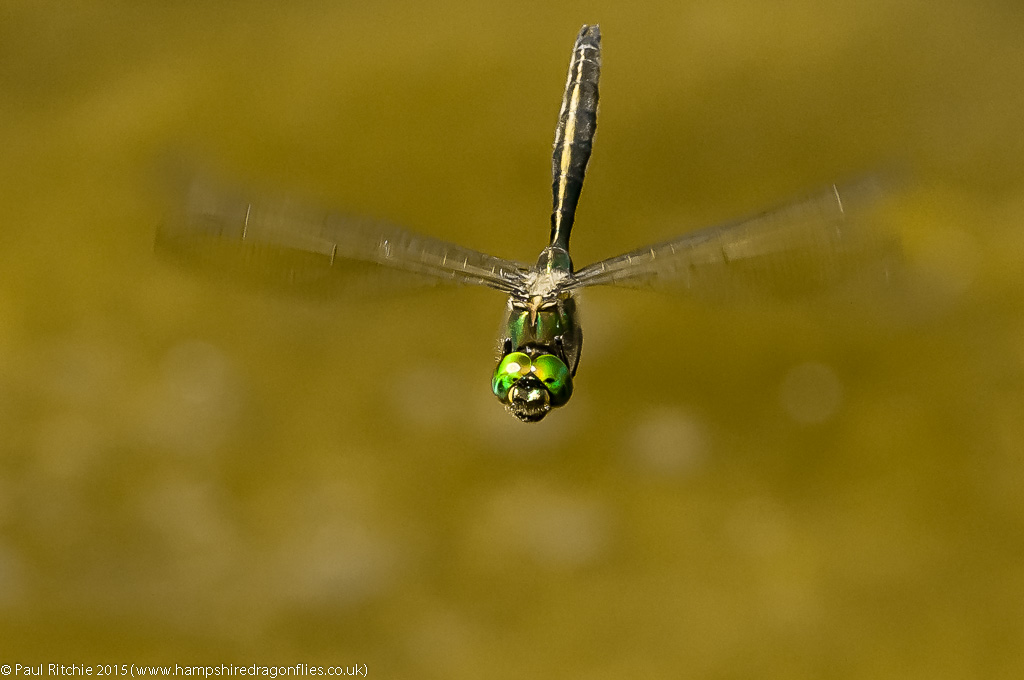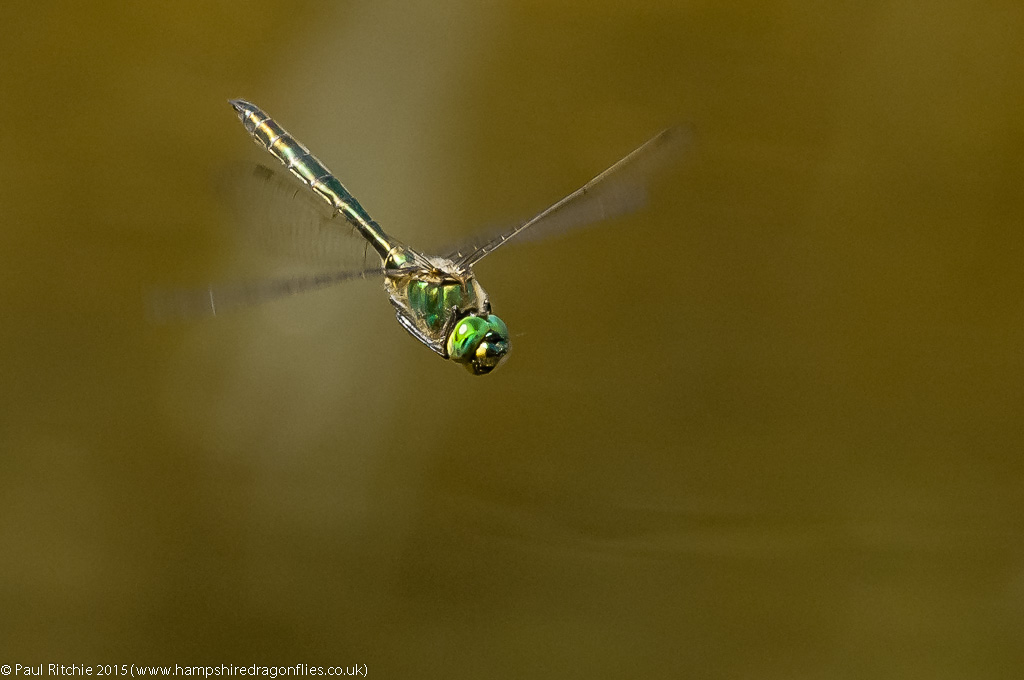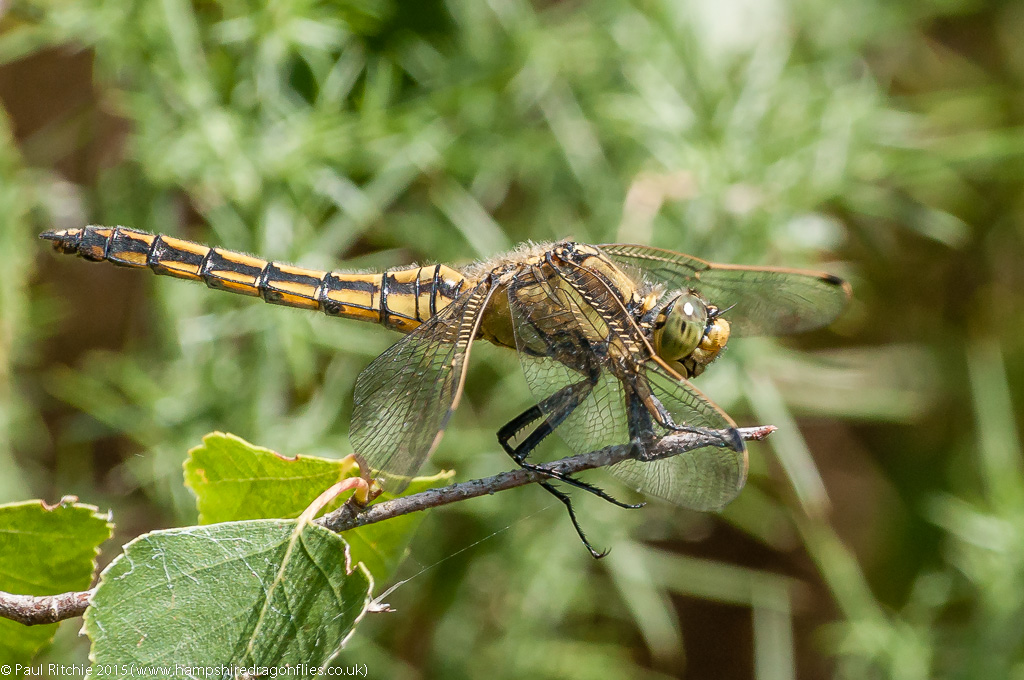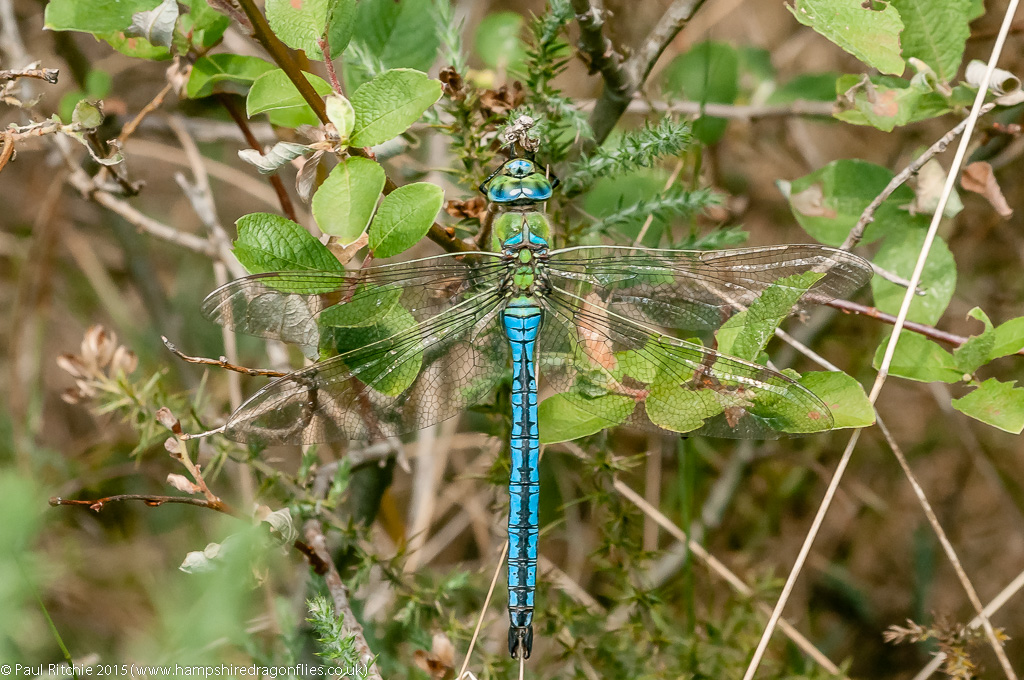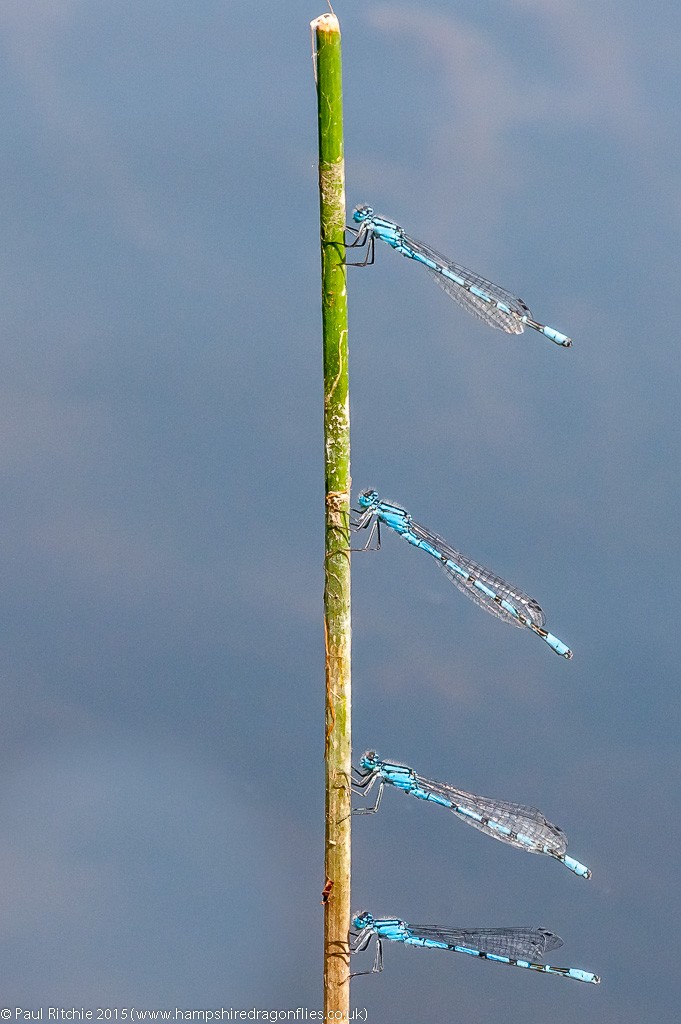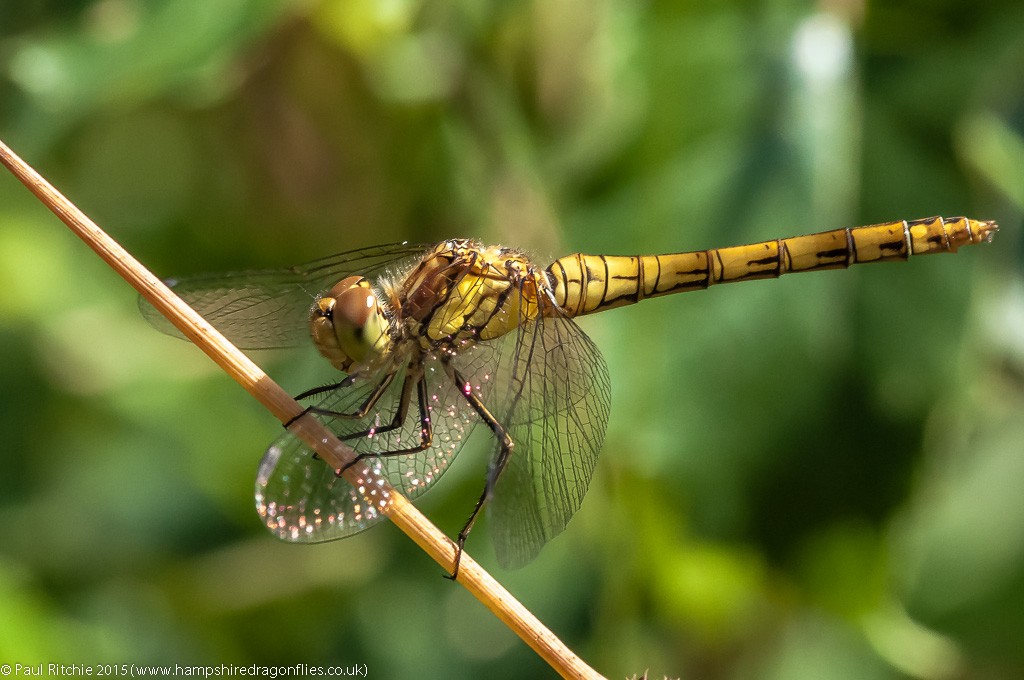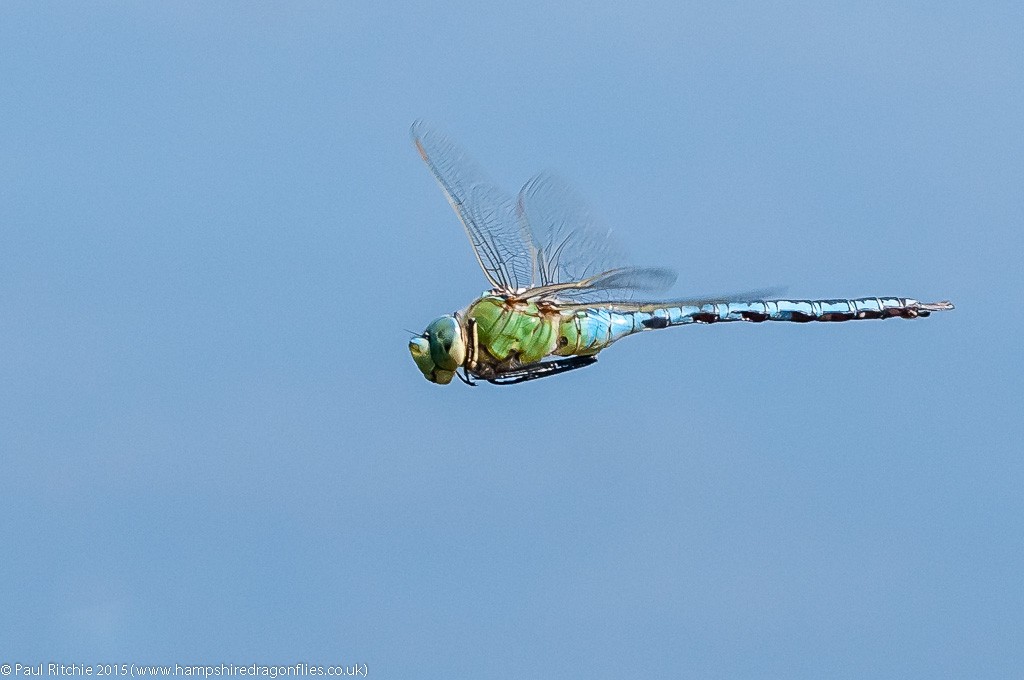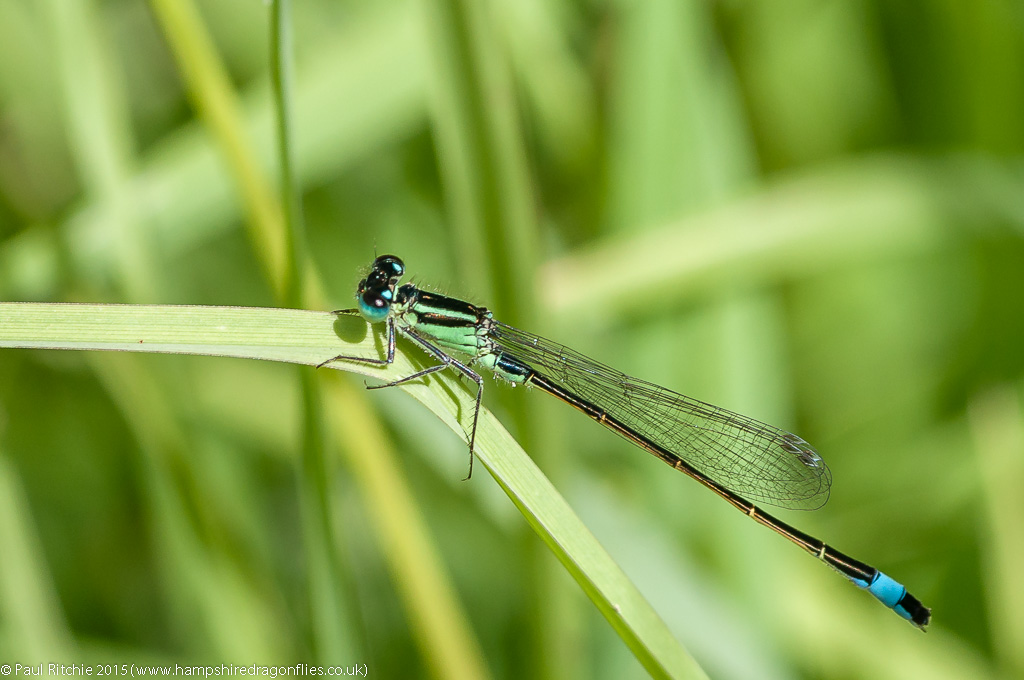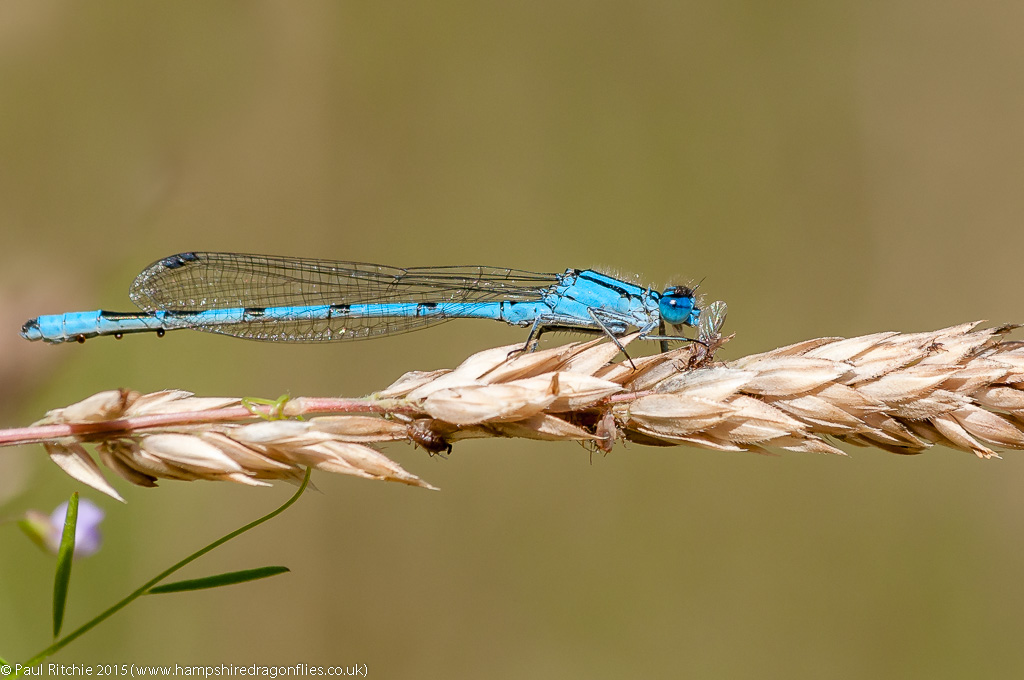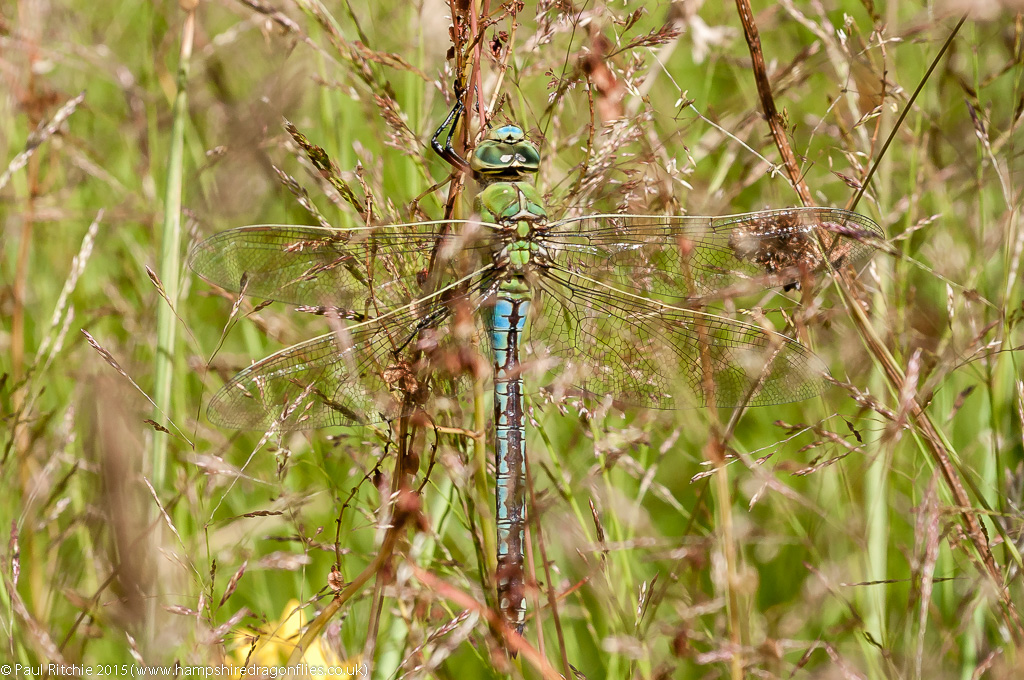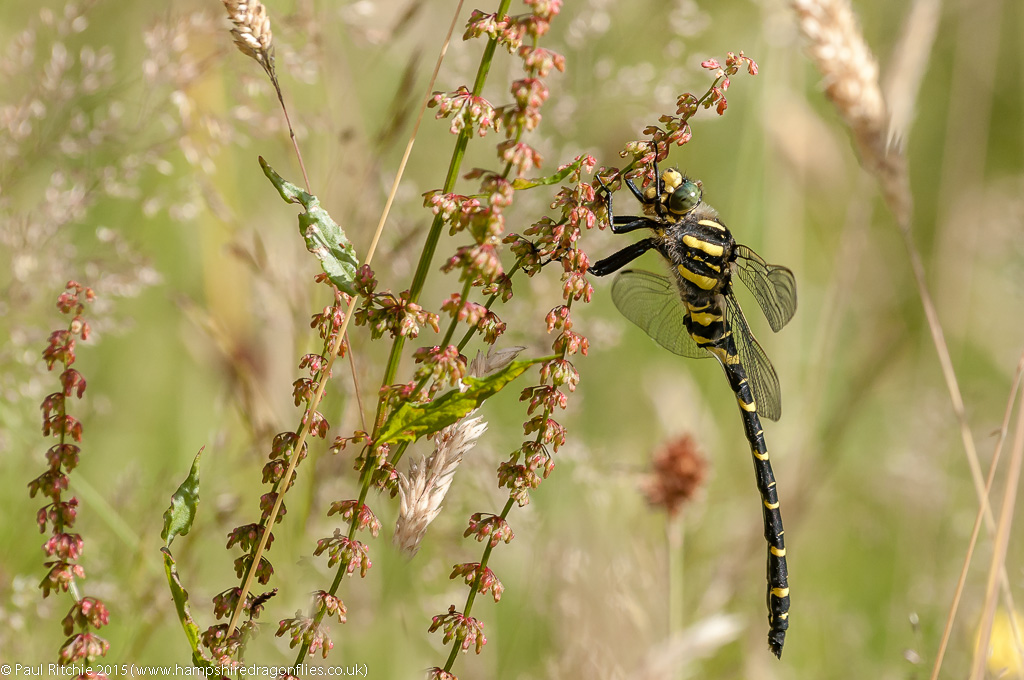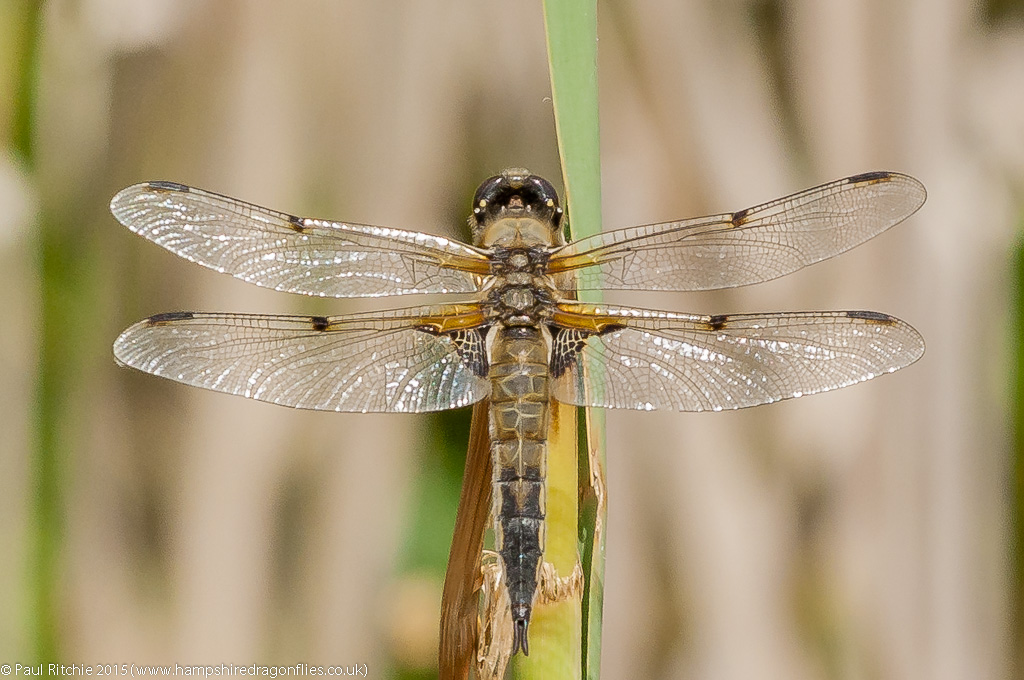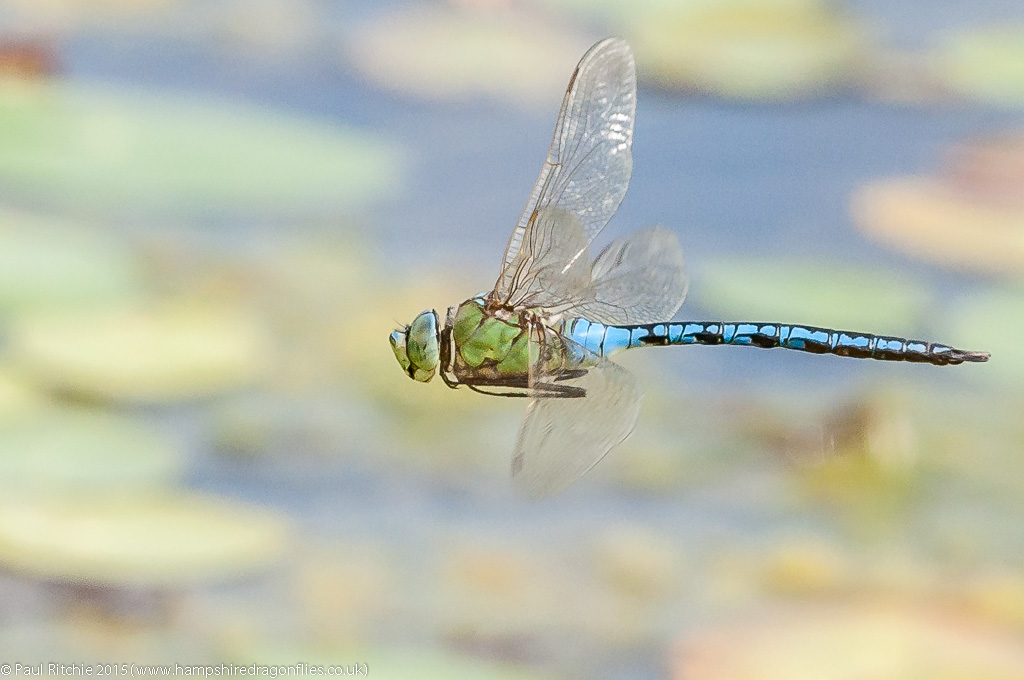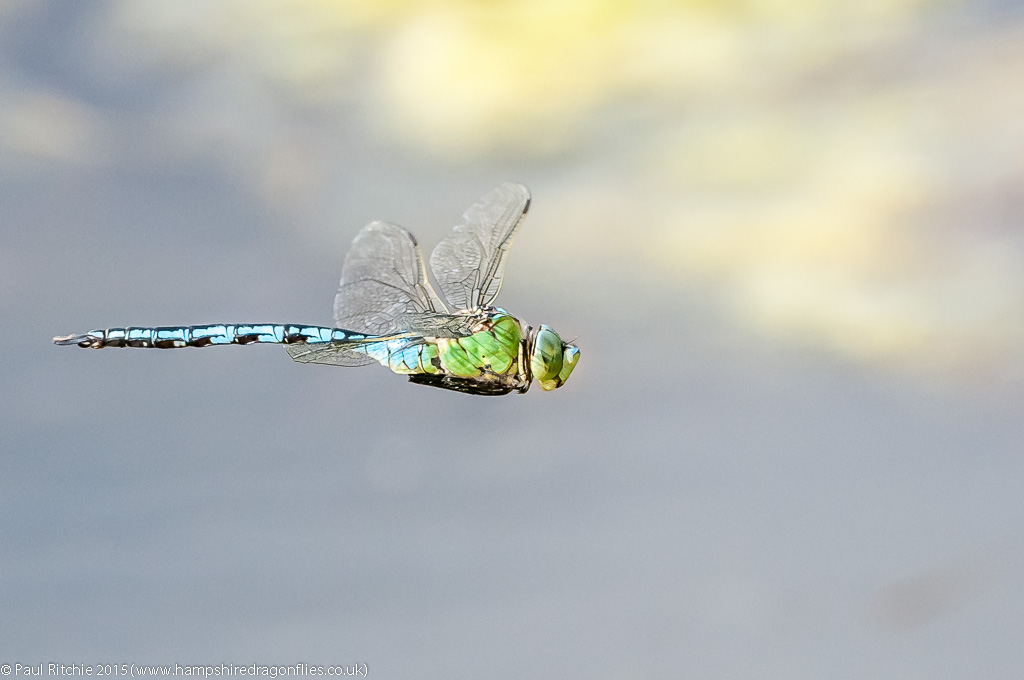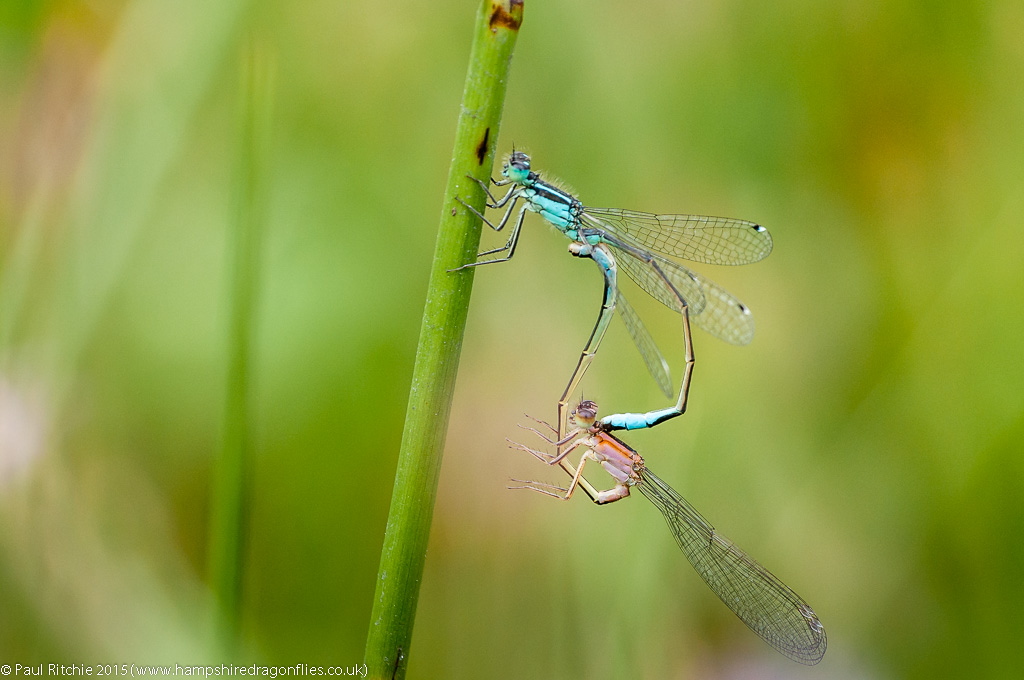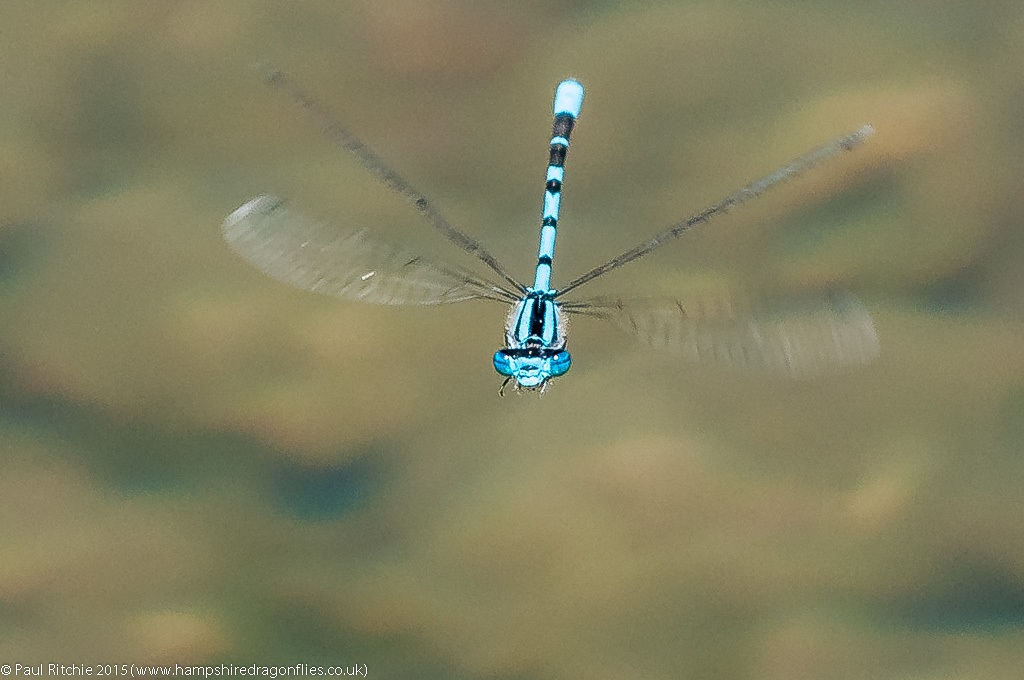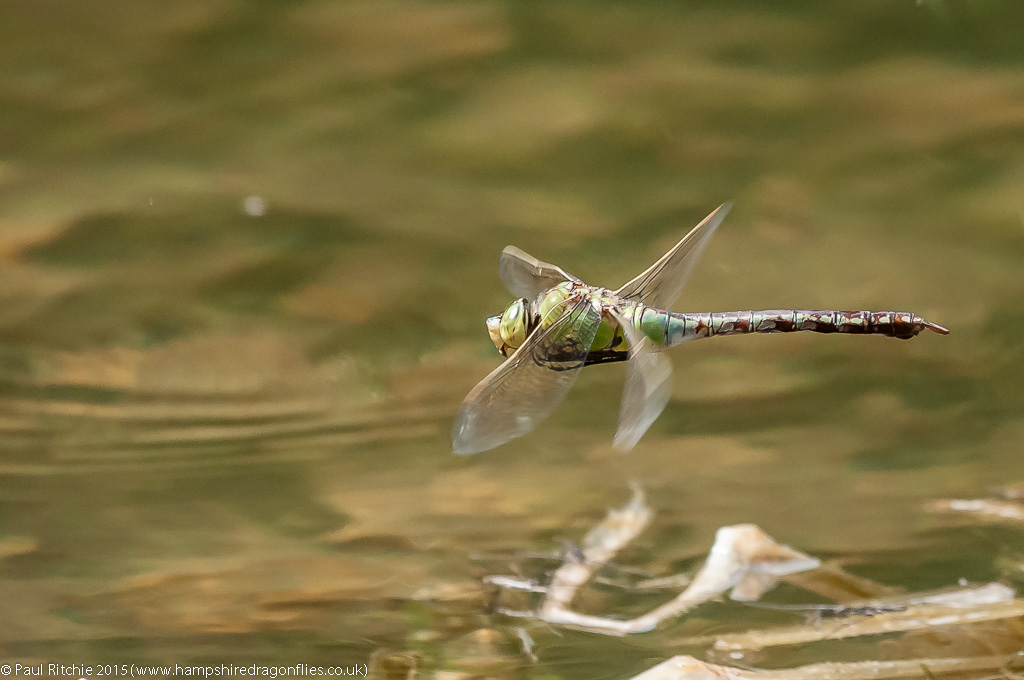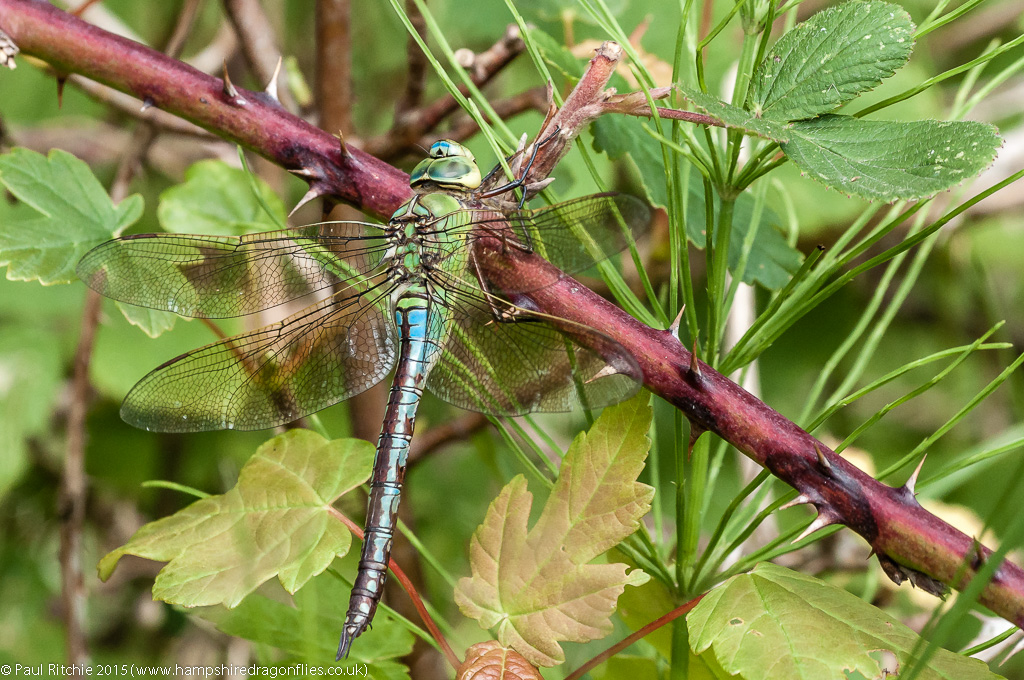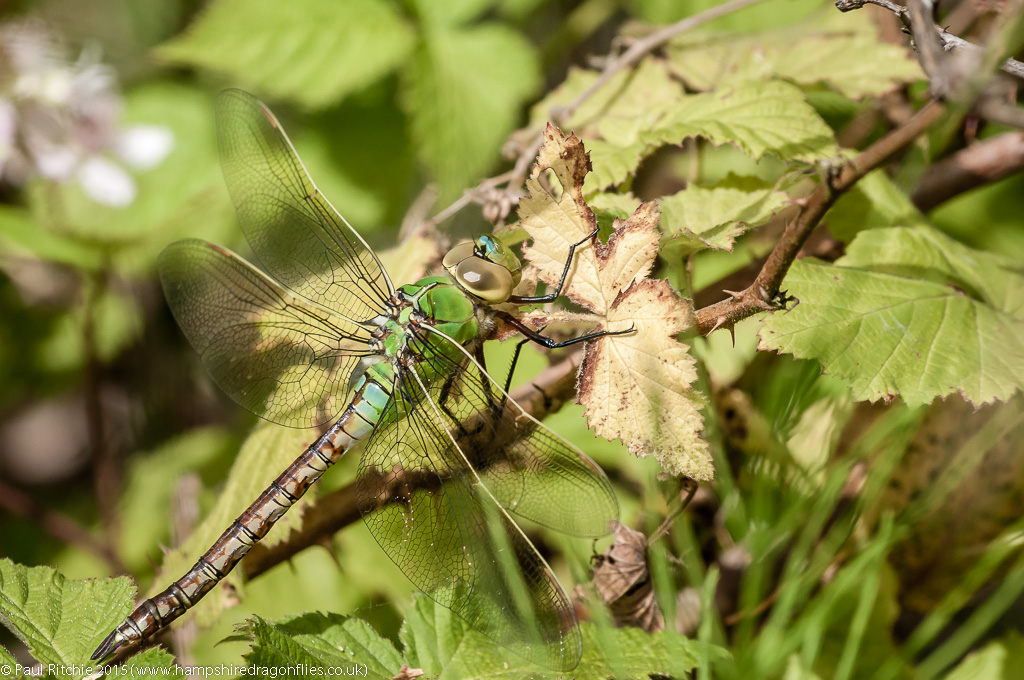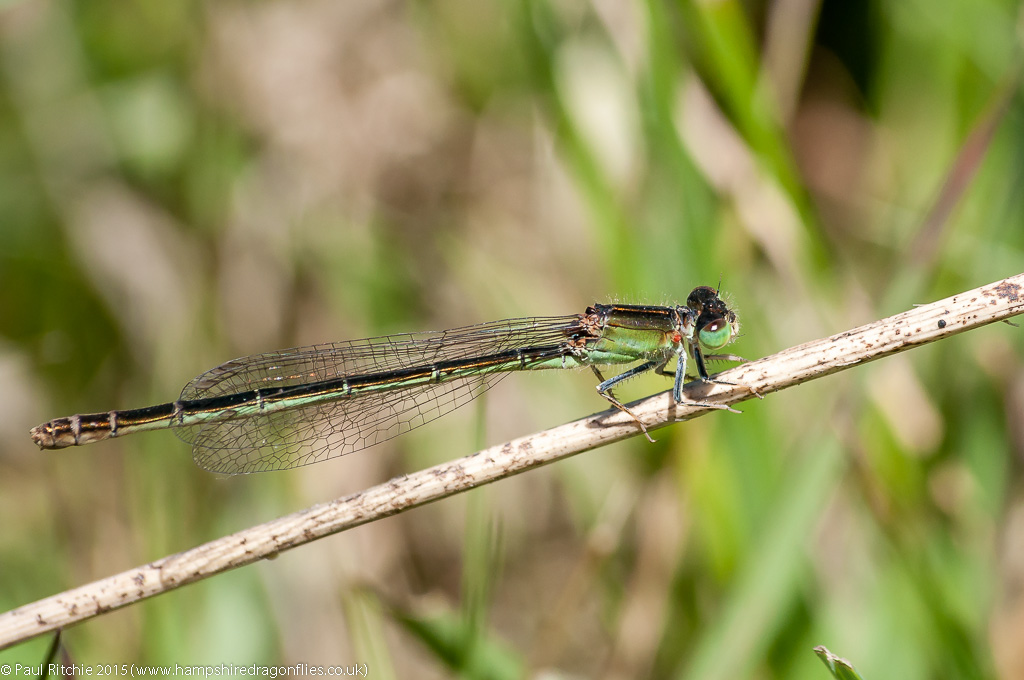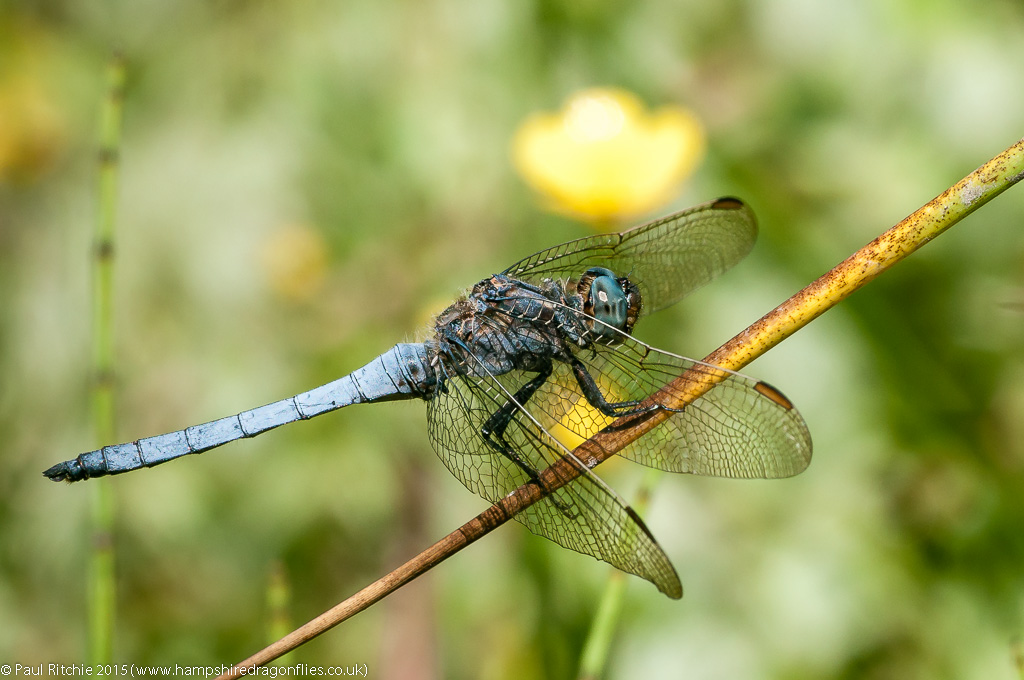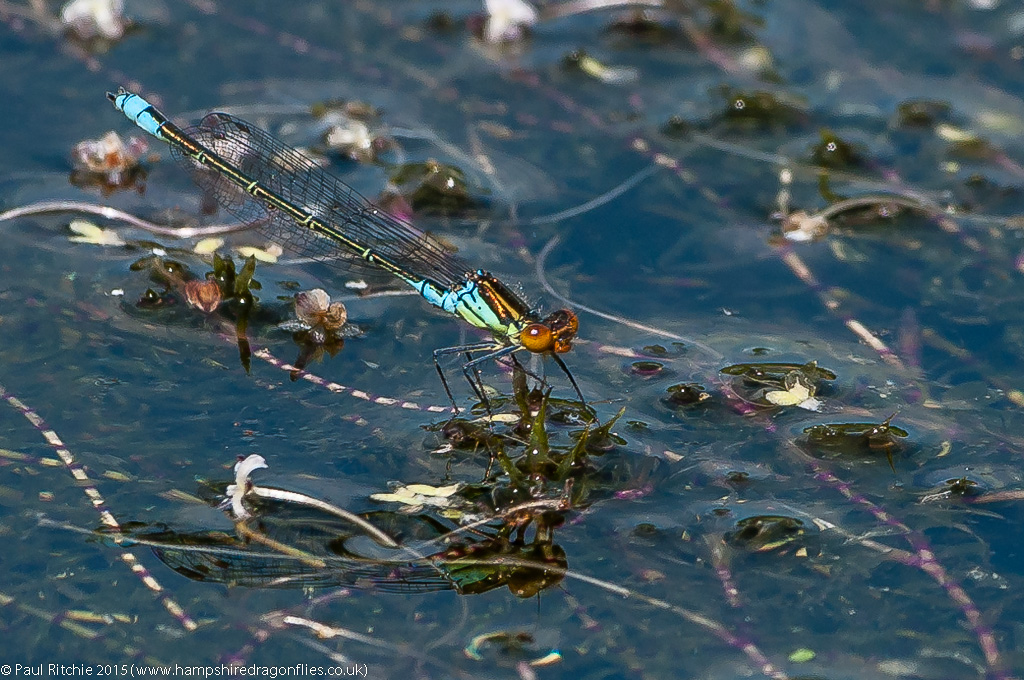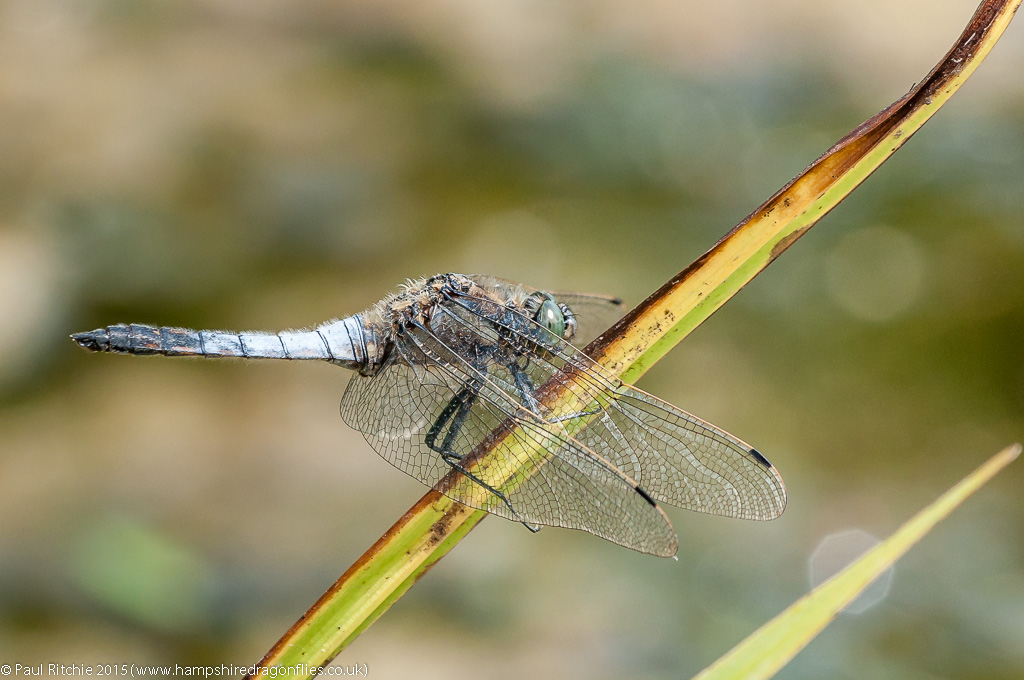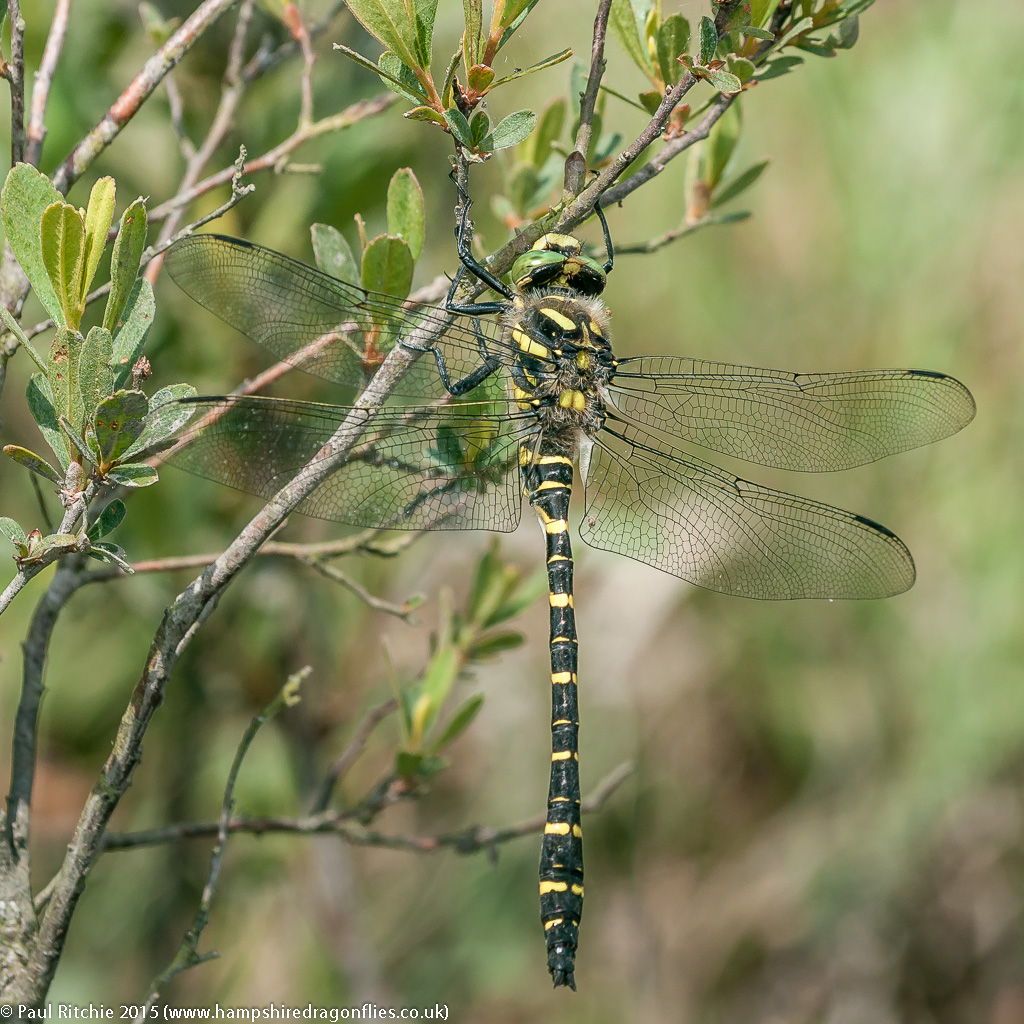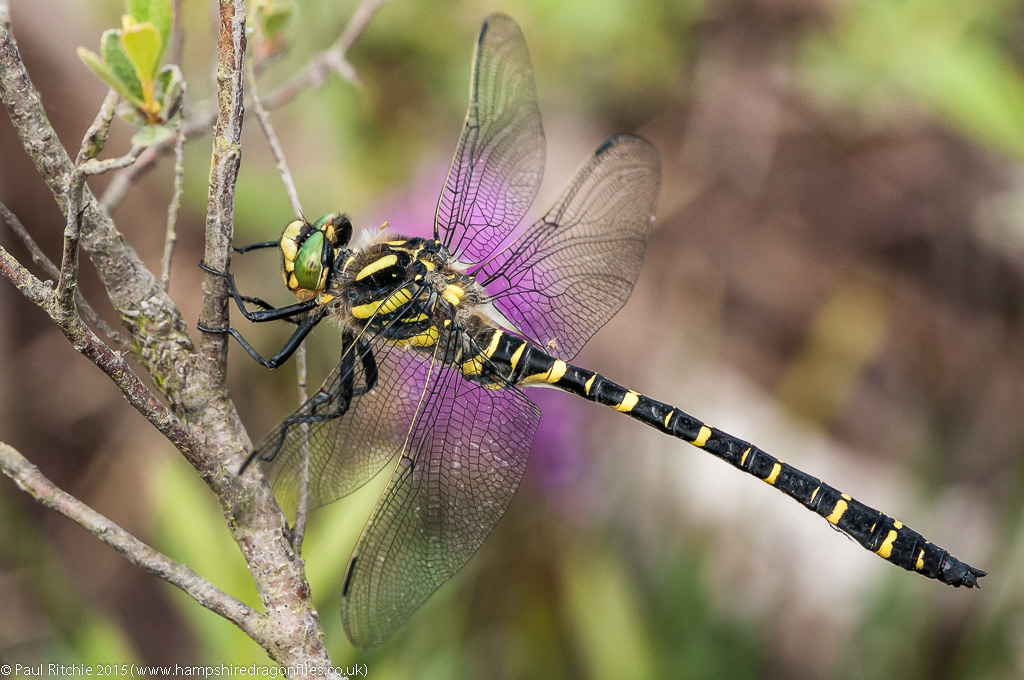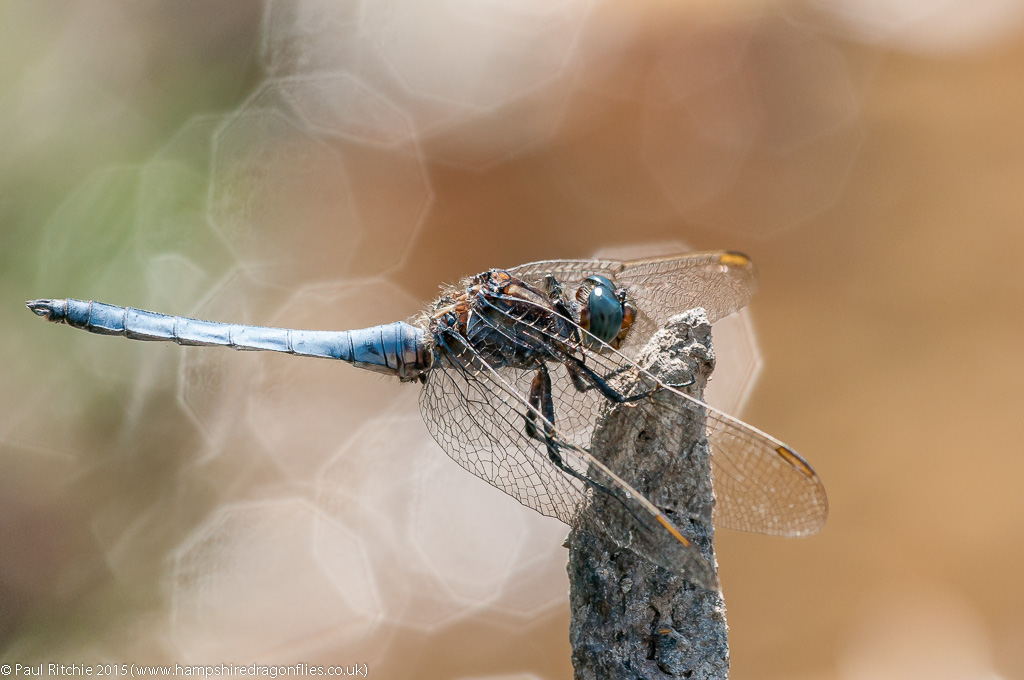Saturday 28th July
I had an itch which needed scratching; to find a pond with a patrolling Southern Hawker. Firstly, I needed to find a pond with water; the all-too-brief showers we’ve experienced (up until this point) hadn’t been enough to curtail, let alone reverse, the decline in our water levels.
I had just the pond in mind; not too far, reasonably sheltered and hopefully with enough surrounding activity to provide enough opportunities should my wish be unfulfilled.
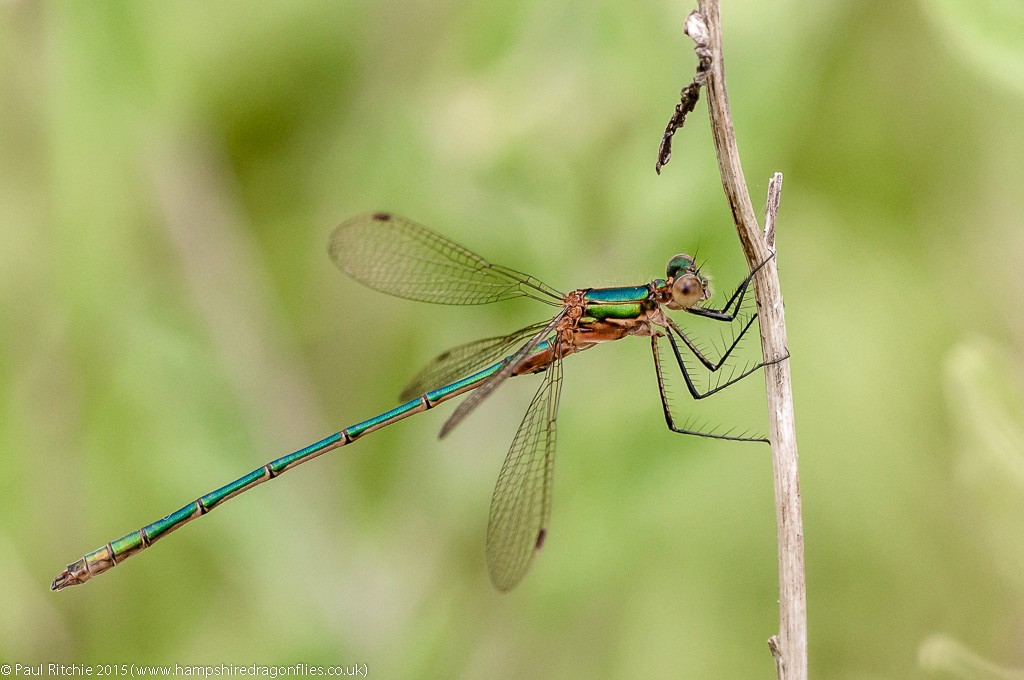
Thankfully these opportunities were borne out by a very good showing of Common Emeralds both along the shore and in the surrounding meadow.
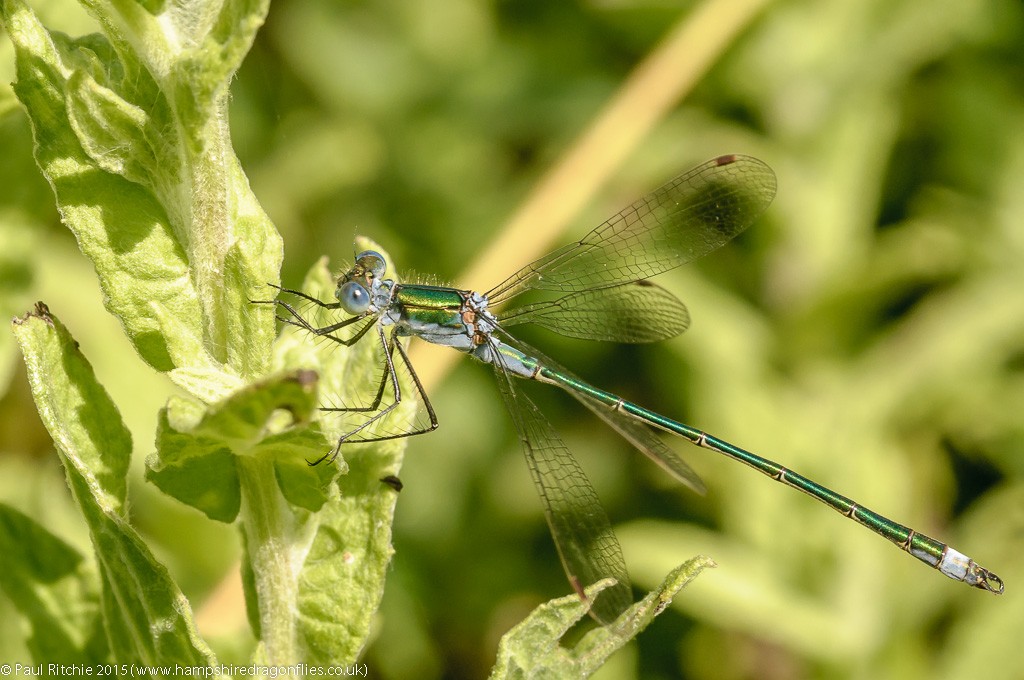
We had to wait for any decent spells of sunshine to kick-start some over-water activity, so I busied myself around the margins. An old and tattered Four-spotted Chaser was hanging on in there, holding his own against a few maturing Common Darters.
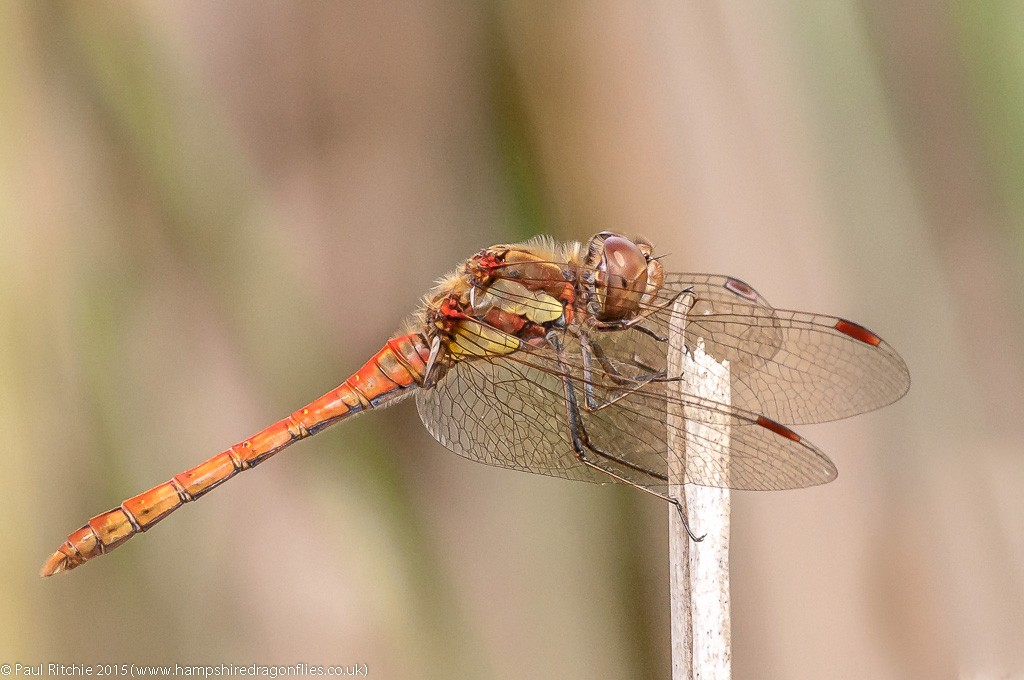
My attention was grabbed by another darter, this one noticeably smaller and a much deeper red.
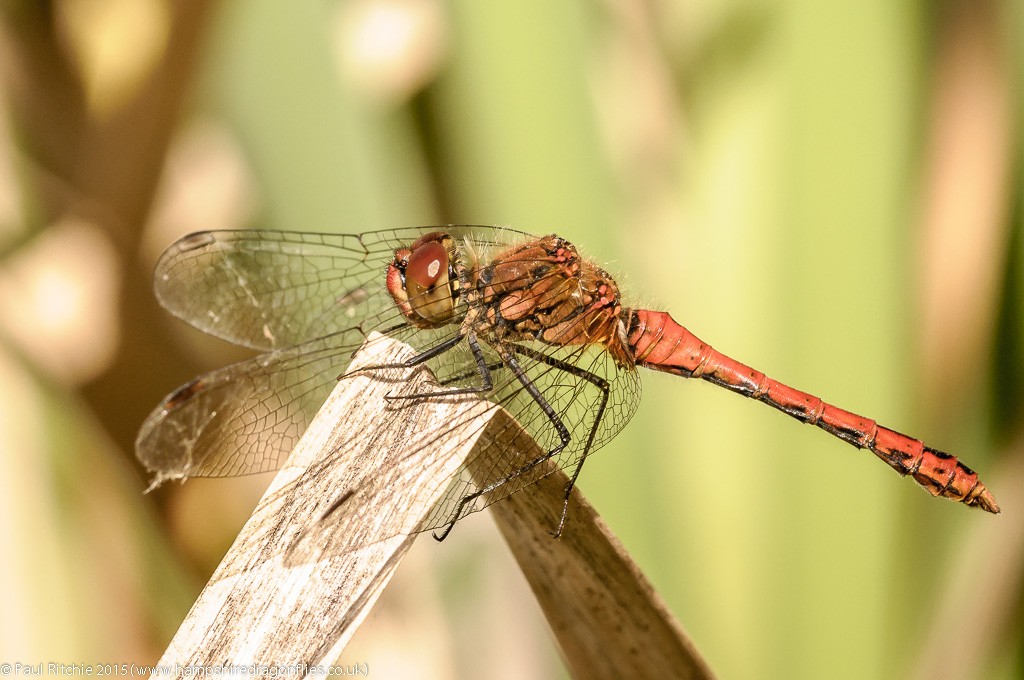
A bonus finding Ruddy Darter here, their being rather local, and usually only in small populations in the New Forest – in stark contrast to the swarms found around the Thames Estuary. Finding a reasonably local guaranteed population other than Badminston or Keyhaven is something to be celebrated.
Turning our attention to the skies we noticed a substantial break in the clouds approaching, certainly enough to wake up the pond. Sure enough, after five minutes the first male Emperor appeared, followed by a female and another male, making for some natural aggression.
The winning male failed in his attempts to lure the female away from ovipositing, so he decided to pick on another.
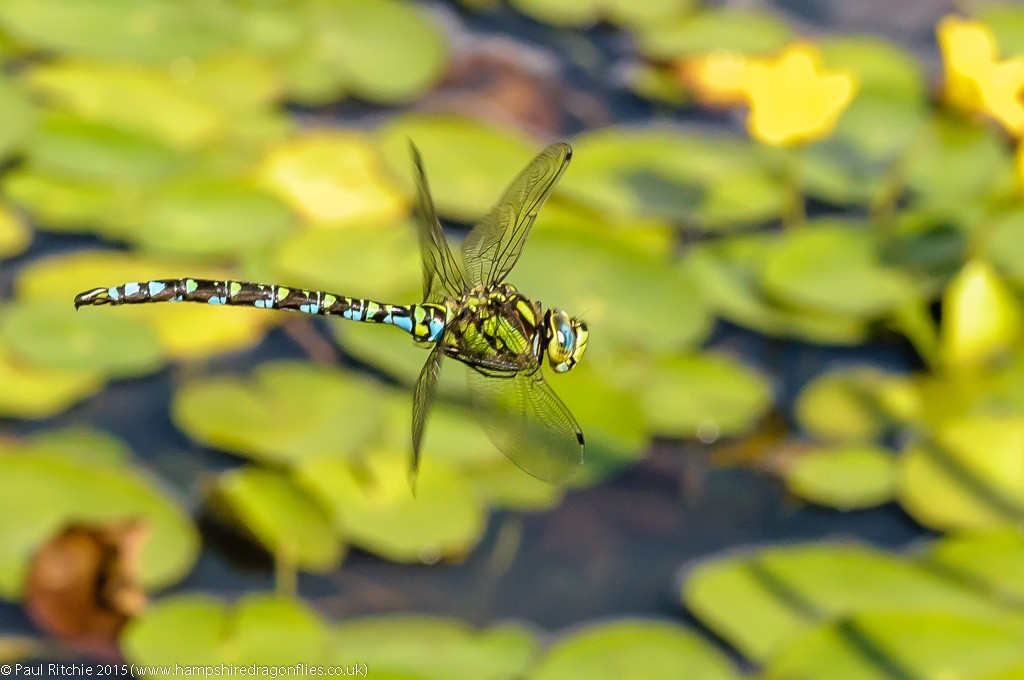
He lost, and skulked away to the other side of the pond while I proceeded to enjoy his victor’s presence and indulge in some in-flight opportunities.

He stayed close and very low above the Lilies, weaving in and out in a youthful display of dexterity, which along with the obscuring bank-side vegetation made for some challenging captures.
Just what I hoped for, and just what I needed!

